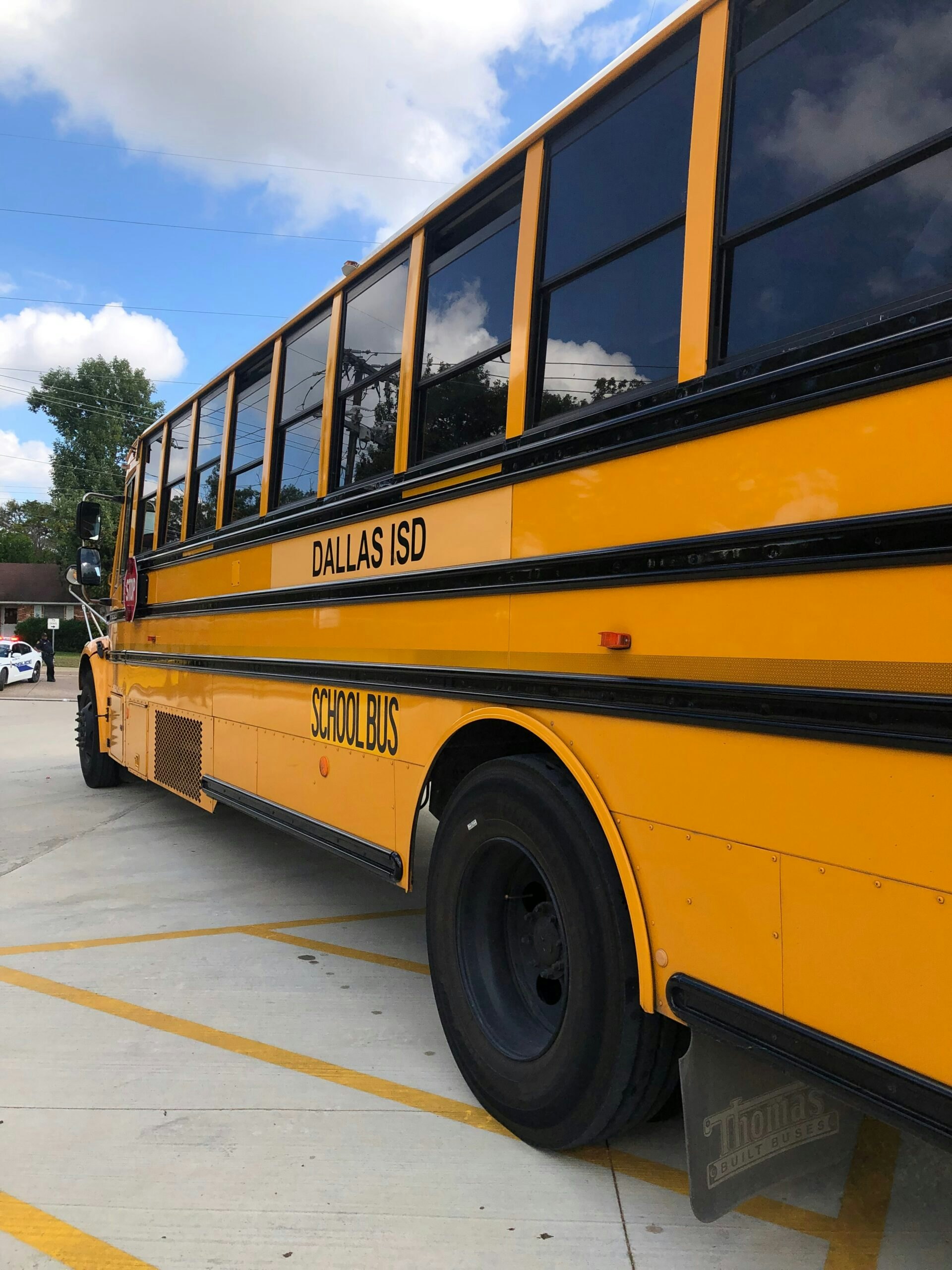For many, the price of a postsecondary education is a barrier and FAFSA applications may help overcome this hurdle.
While alarming, it’s not surprising that the Free Application for Federal Aid (FAFSA) enrollment completion rate fell 9.5% from 2019 to 2021, according to new data from the Bush Institute’s Education and Workforce Pipeline Tool. This data mirrors concerning drops in college enrollment rates.
The FAFSA is one of a few ways high school students are able to apply for financial aid for college. The sharp decline reflects a shift away from higher education.
Furthermore, the drops were even bigger for schools serving low income and majority students of color. No state saw an increase in the overall FAFSA completion rate during these two years.
While college is not the only pathway, research has shown that getting even some postsecondary education, including associates and bachelor’s degrees or credentials, leads to higher wages and greater lifetime earnings. Similarly, research has shown students who complete the FAFSA attend college at higher rates than those who don’t and are more likely to persist in their coursework. These declines are a warning sign that less young people are on track for opportunity.
State leaders should ask themselves: Are our kids seeking opportunities that set them up for success? How can a state best support young people find high opportunity pathways?
Completing the FAFSA is a critical step for accessing postsecondary pathways yet just over half of high school seniors complete an application. Louisiana has focused on increasing this rate by requiring FAFSA applications for all those graduating high school. The state’s completion rates have been above the national average and, unlike most states, have not experienced as sharp of a decline in the last two years.
Another state to look at is Colorado. In 2021, the state passed a bill making local education agencies eligible for a grant if they require FAFSA completion for high school seniors.
We’ve recently highlighted how Colorado is taking these steps to align their priorities and goals, while also putting more students on a postsecondary path in our Education and Workforce Pipeline Tool.
We’re only beginning to understand the cascading impacts on students from the pandemic. Policymakers need to lean into data to provide a baseline understanding of a state’s recent history and prompt questions that will drive results. Understanding student performance across educational levels and what opportunities young people are set up for is critical to improving their access to prosperous, self-determined lives.




























